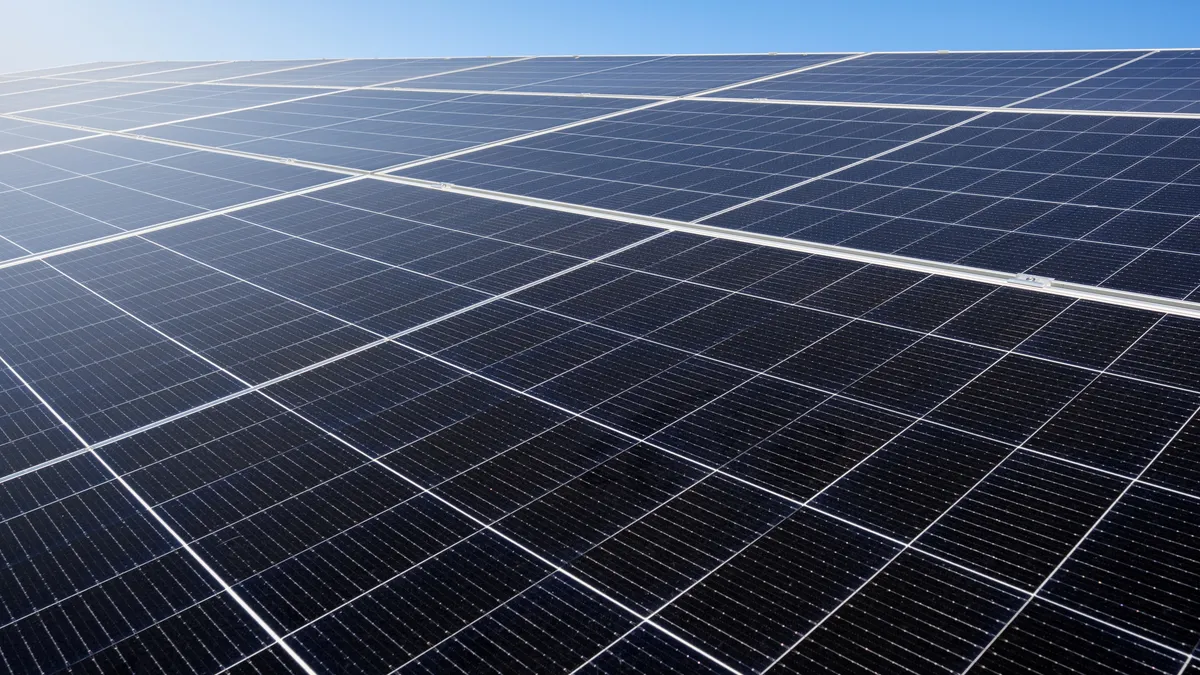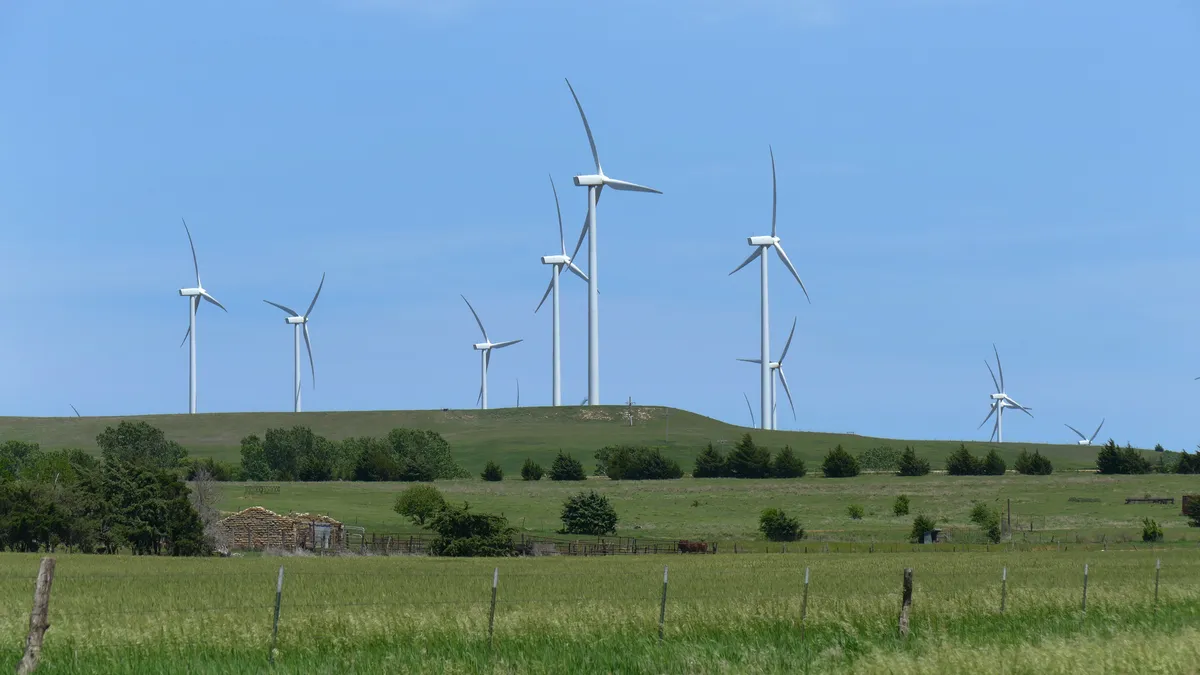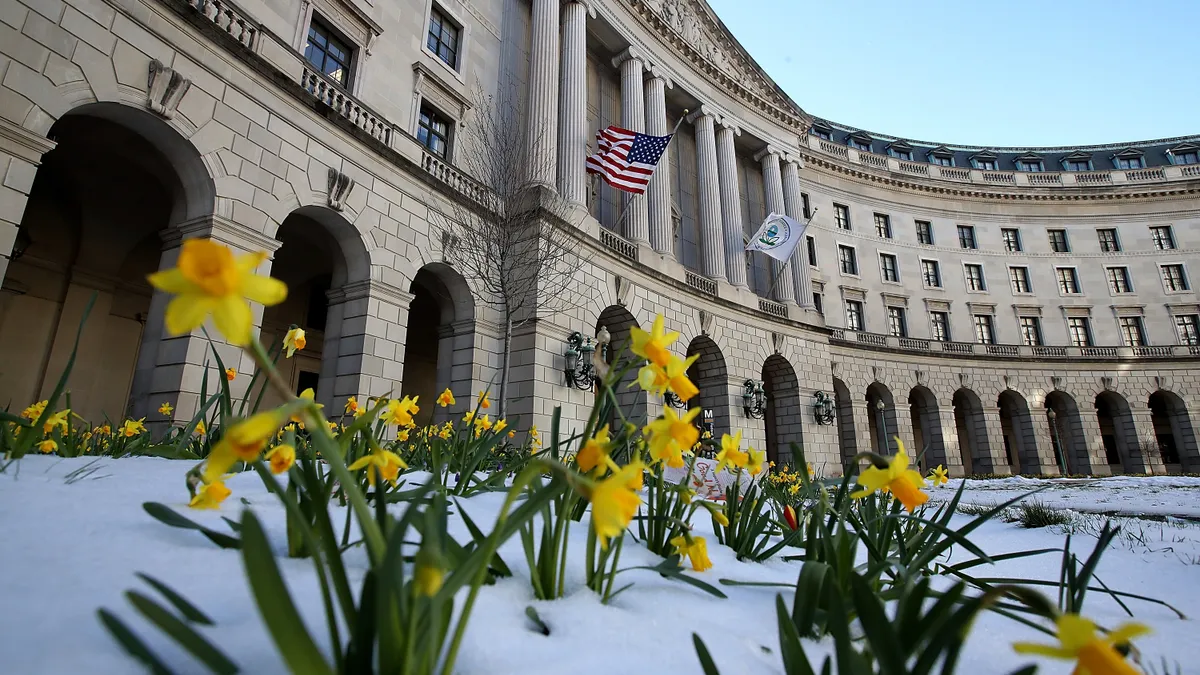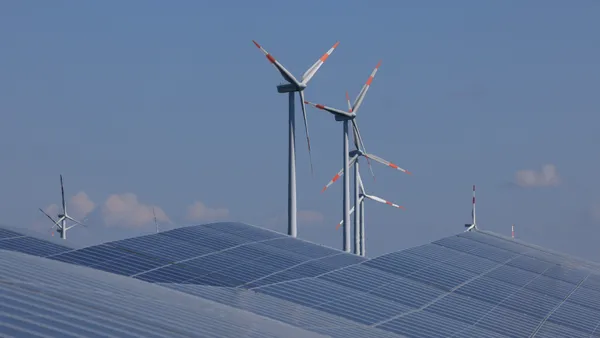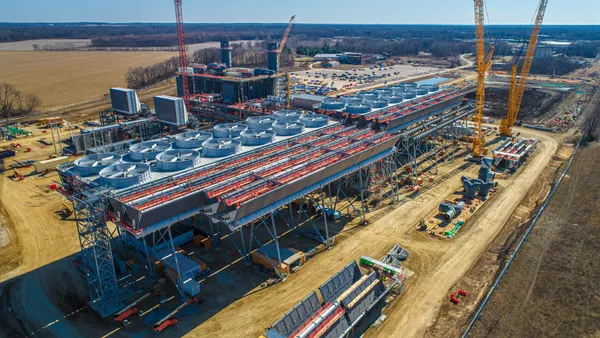Having a smart meter installed doesn't mean an electric customer is interested in, or aware of, clean energy products and services. Conversely, new research shows plenty of consumers without advanced metering infrastructure (AMI) want a smart thermostat, time-varying electric rate or other new offering from their utility.
How can utilities bridge that gap and connect these customers to smart grid opportunities?
The Smart Grid Consumer Collaborative has released a new survey of 1,500 customers providing insight into interest in a range of clean-energy technologies, highlighting the work utilities still must do to connect with more skeptical customers. But it also provides thoughts on how best to reach them, and where to begin that work.
The group surveyed customers in 16 states—nine of which are in advanced stages of smart meter deployment, and seven considered a "control." The results surprised researchers: states with more advanced metering infrastructure (AMI) rollout showed only marginally-higher customer awareness of clean-energy products.
"We expected to find much more consumer engagement in states post-AMI deployment," said SGCC President and CEO Patty Durand. However, "we didn't find a big difference in customers in the two sets of states...There is a slight increase, but it's more like 5% than the 20% expected."
SGCC's research is a different type of utility survey, offering customers discrete choices and requiring them to make tradeoffs in their preferred products. It identified two technologies as most desirable: smart thermostats and time varying rates. It also showed that interest in these products has less to do with what state a customer is in and how exposed they are to AMI, and more to do with other demographics.
"If a state has rolled out AMI, those consumers don't actually show any difference in awareness. But when we reframed the data according to the segmentation framework, there is a difference," Durand said.
While those findings may surprise or disappoint utilities, they also give insight into how utilities can market their products to a broader range, more effectively.
"It's not where you live that matters, but who you are," said Durand.
Utilities may need more marketing data
SGCC's "Empowered Consumer" report created profiles of five customer segments that sound more like traditional marketing categories: Green Champions, Savings Seekers, Status Quo, Technology Cautious, and Movers & Shakers. The highest interest in new energy offerings came from college-educated, higher-income customers.
That's not surprising in terms of technology products, but utilities are geographically constrained and are often using these newer grid-edge solutions to solve circuit-specific issues. Take Consolidated Edison’s Brooklyn-Queens Demand Management project, which is using demand management strategies to stave off a $1.2 billion substation upgrade. Or National Grid's Smart Energy Solutions program, which is rolling out 15,000 smart meters to address demand in its Worcester, Massachusetts' service territory.
What SGCC's research shows is that utility outreach efforts will need to stretch beyond AMI deployment.
"If there's one thing widely understood, it's that utilities aren't that great at marketing," Durand said. “Frankly, utilities aren't utilizing data as effectively as they could be, and this is an area for growth."
Customer databases may need to be more detailed, allowing for better marketing, and utilities need to improve in how they are utilizing meter data as well. That means developing trust.
"Consumers need further evidence — such as testimonials — of the benefits of Smart Grid-enabled services and
technologies," the report concluded. "Real-world examples may establish confidence and trust, providing a strong foundation for engagement."
Combining trust, effective data use and customer insights is "a moving target," Durand said.
Those testimonials could come by first engaging college-educated and higher-income customers to develop a base of smart energy consumers, allowing confidence to build among other segments.
"The numbers are trending up, in terms of consumer comfort with technology," Durand said. "Early adopters used to be a tiny number, under 10%, but now 20% are saying they're among the first in their groups to try a technology."
SGCC's survey examined nine utility offerings, including electricity usage tracking and alerts, time-varying rate plans, peak time savings, prepaid billing plans, smart appliances, device remote control, onsite power storage, rooftop solar, and smart homes. Highest interest was seen for smart appliances and time-varying rates; lowest was for on-site energy storage, the only product to score less than 50% awareness.
"Onsite storage is a nascent technology and is just not affordable," said Durand. Still, more than 25% of customers were aware of it and interested—"that's really high for a technology that's not even here yet."
Smart thermostats
It wasn't so long ago that home energy monitoring devices were widely hailed and then fell flat. For a decade, consumers struggled to embrace devices that showed their energy use, but offered little practical use.
"People didn't see any value in it. There was no context," said Durand.
But integrated appliances and services are turning that around, and utilities are developing systems that allow consumers far greater control. Now, a smart thermostat tops the wish-list of smart energy consumers.
“Smart thermostats are probably the best gateway to engage consumers," said Durand. "If you're going to pick one thing, the research points towards thermostats. It's something everyone is already aware of. Very high numbers of people want one."
SGCC's survey, with its discrete choices offered to respondents, was able to develop a model of a customer's "ideal" thermostat offering—and it highlights the tenuous connection between the utility and consumer. The survey showed the program configuration that would likely attract the most customers: a free, self-installed smart thermostat that provides both programmable and automatic adjustments, without utility control capabilities.
“There is an erosion of interest when the utility can control it," Durand said. "Utilities need to do a better job educating consumers about what they are and are not doing. Consumer answers let us know they think the utility will make the home uncomfortable."
Utilities must press the message that home customers can override a demand-response enabled thermostat.
"They fear loss of control," Durand said. "The answer is education. ... There is never a time when the utility is going to make your house hot in the summer and you can't override it."
Variable rates
SGCC's study also found a high level of consumer interest in time-varying rates, highlighting their potential as a load shifting tool. But again, customer preferences are an indication of the work utilities must do on outreach.
The survey found consumer preference was highest for pricing options that have a modest price premium spread throughout the day, while offering consumers multiple options is likely to boost participation.
Consumers are most interested in a pricing plan with 12 hours of modest daytime peak pricing, the report found.
“I don't know of a rate program that works like that, but it does point in a direction," Durand said.
In a discrete choice analysis, the survey also tested rate plans and found consumers placed the greatest importance on kilowatt-hour pricing by more than 3-to-1, over contract duration, bill limits at kWh usage access. Simulations also revealed more than half of consumers would choose a night-time rate discount over a standard rate plan, given an option between the two.
"Leveraging the link between attitudes and behaviors within consumer segments, developing a message that speaks directly to each consumer segment should prove helpful in engaging consumers," the report found.











